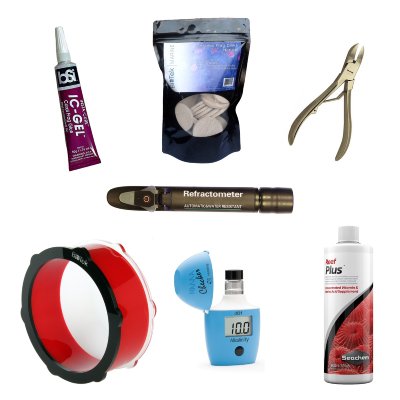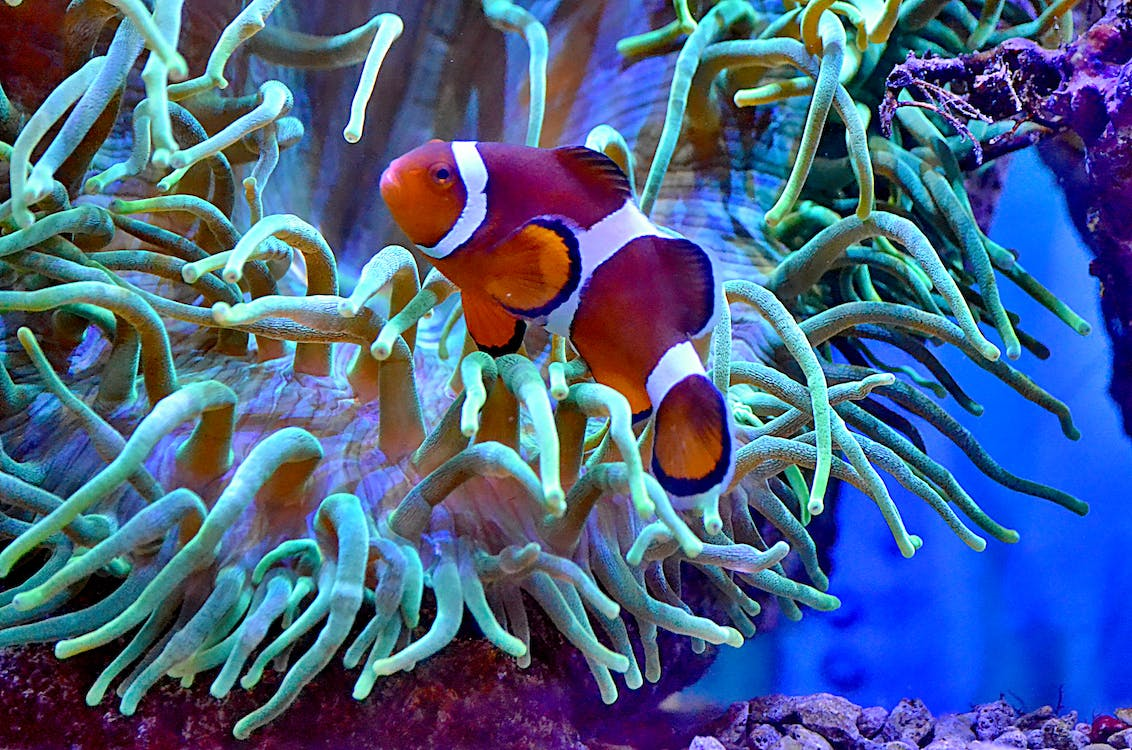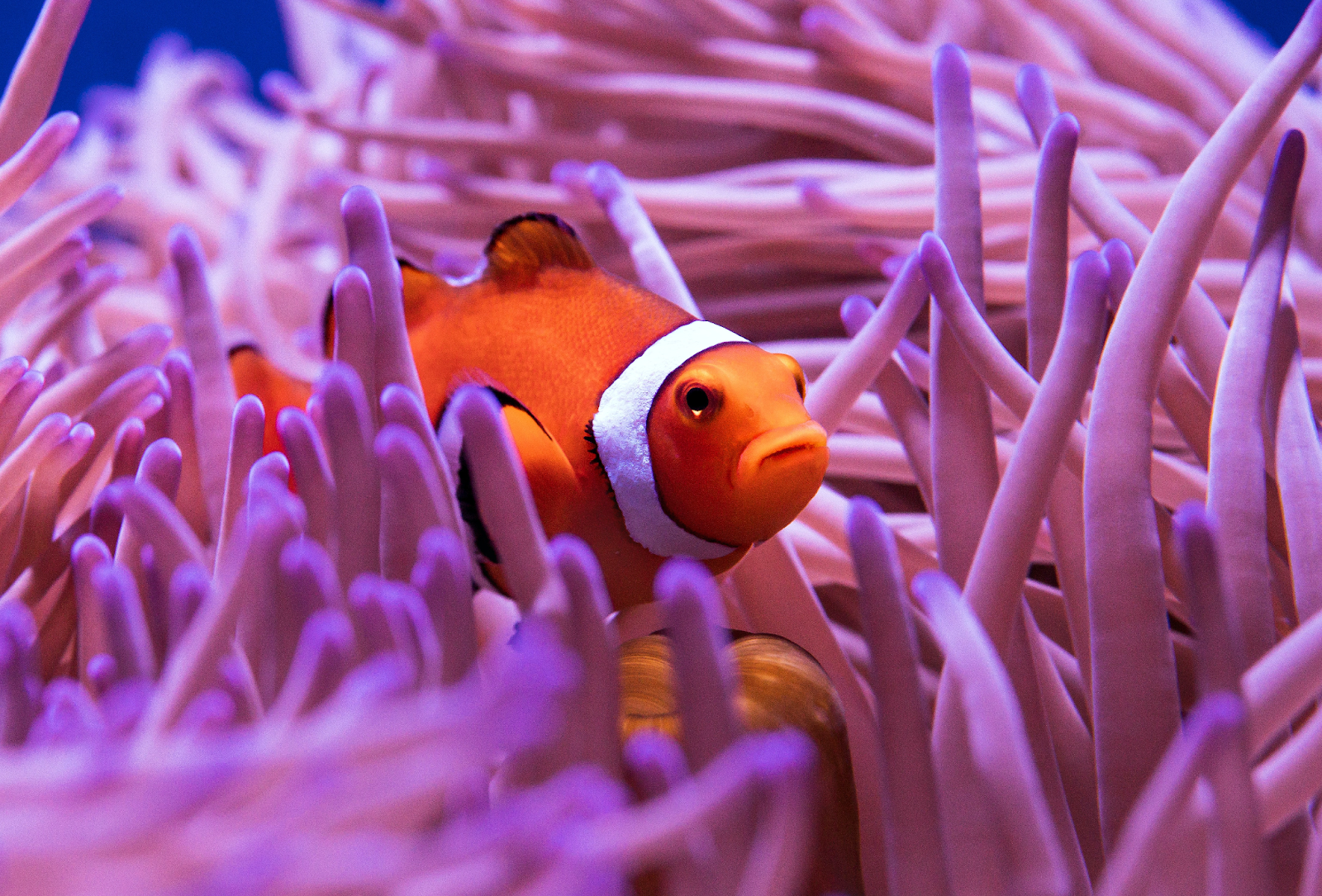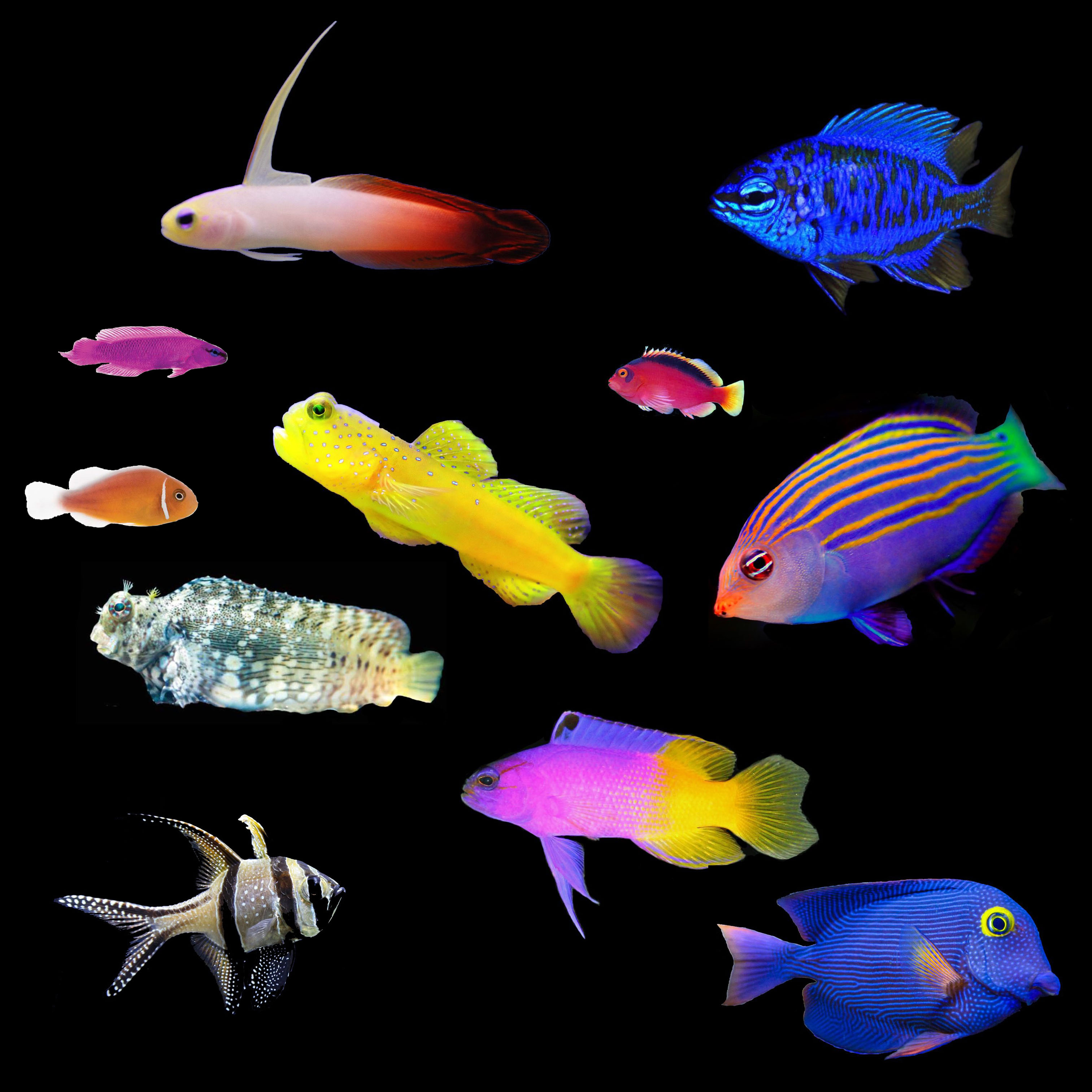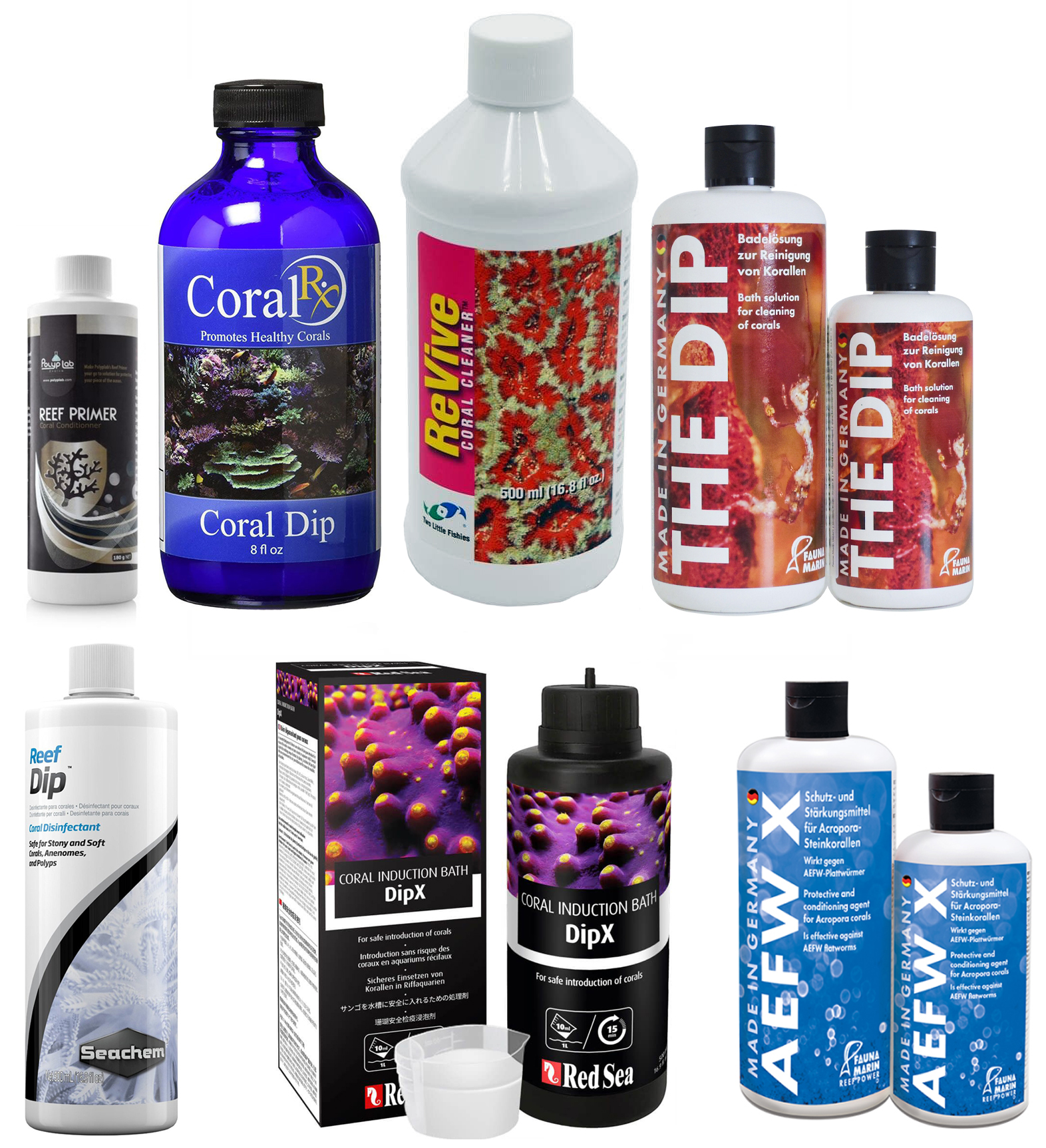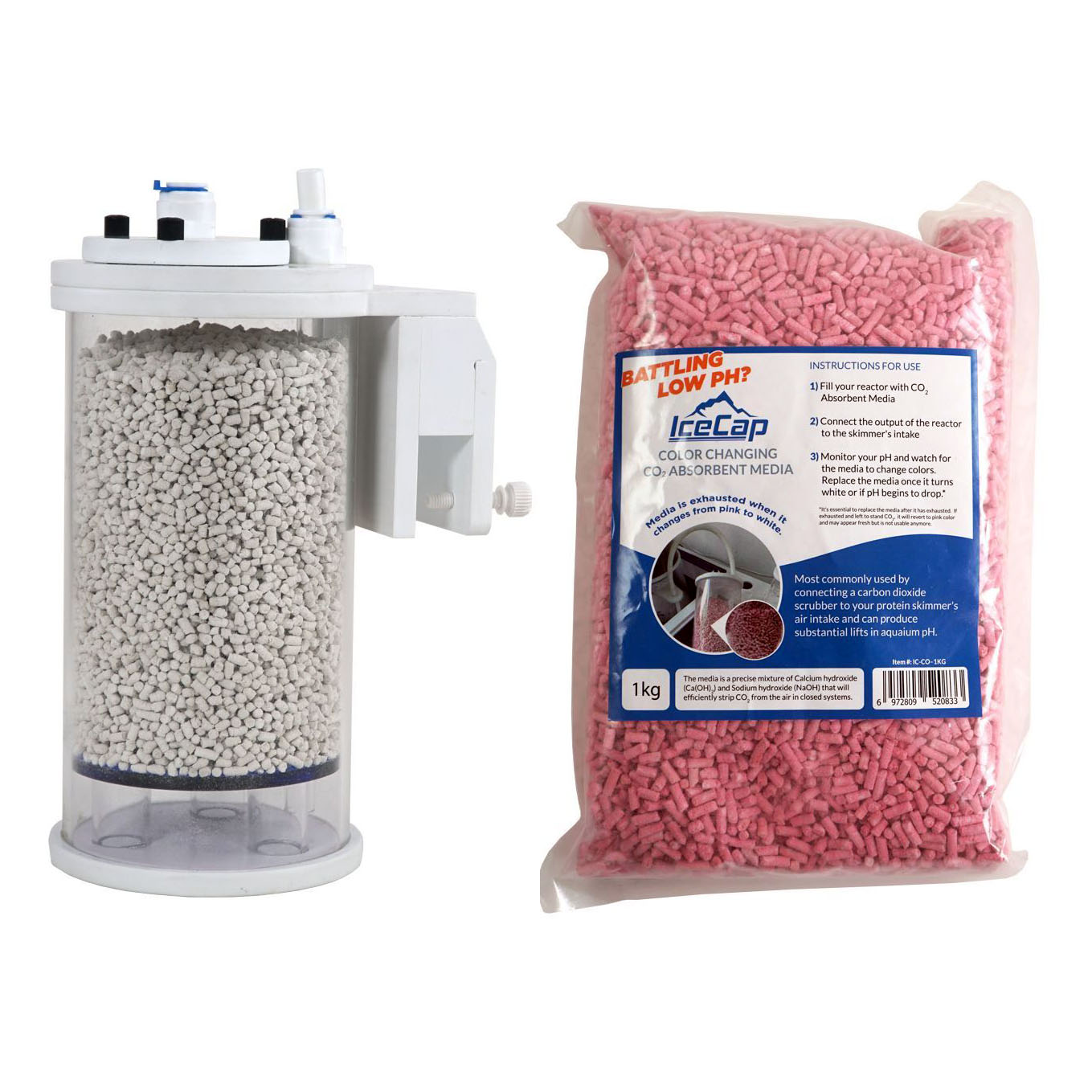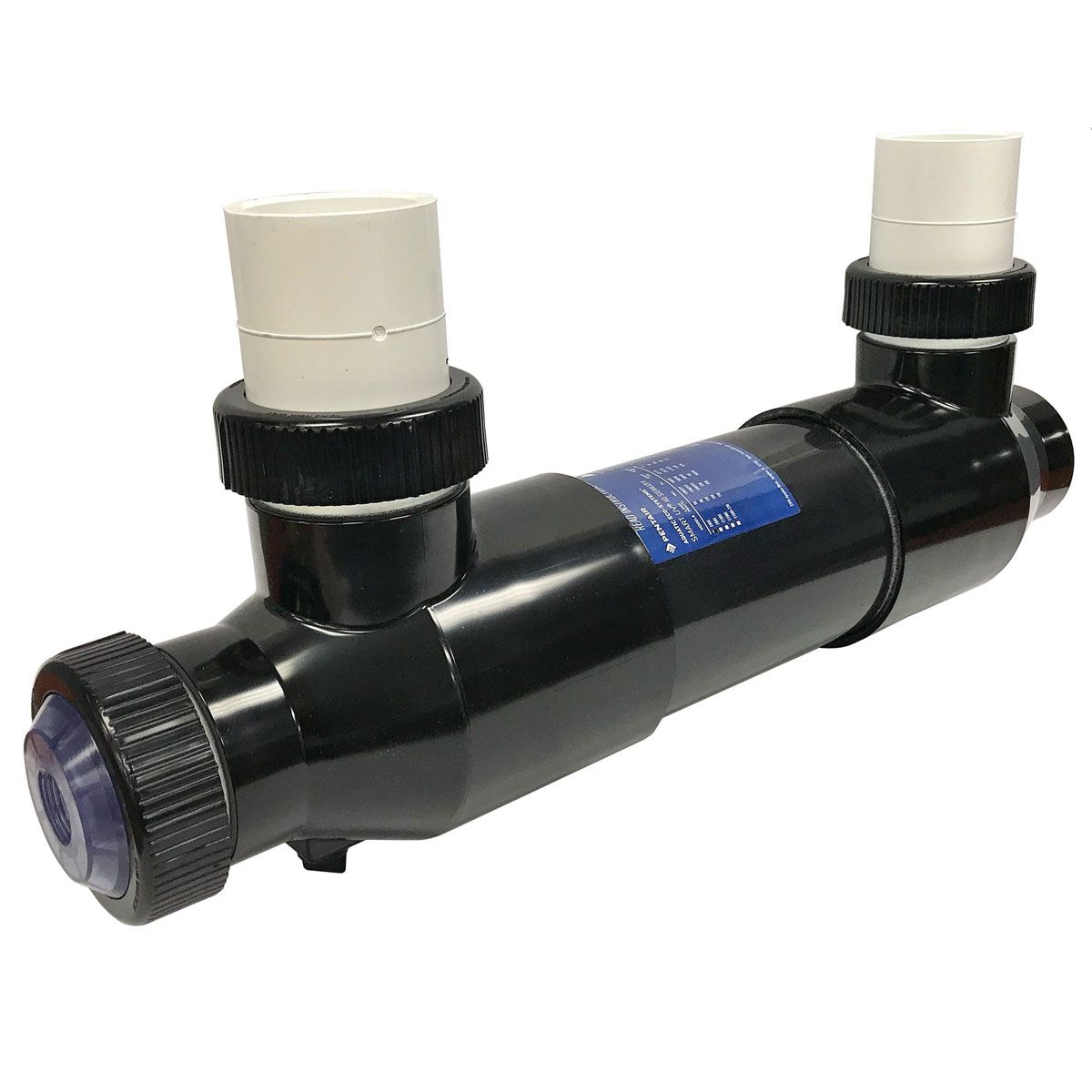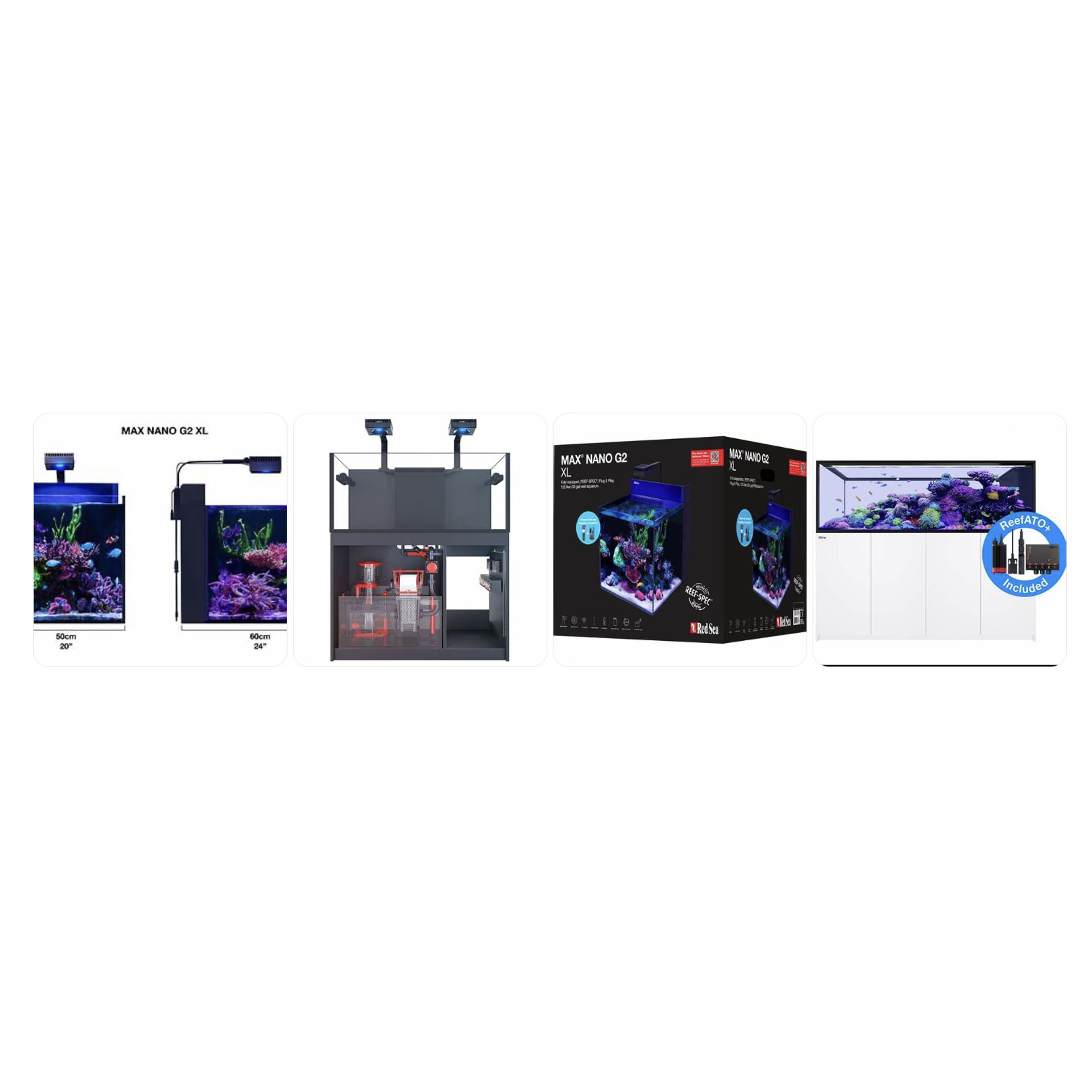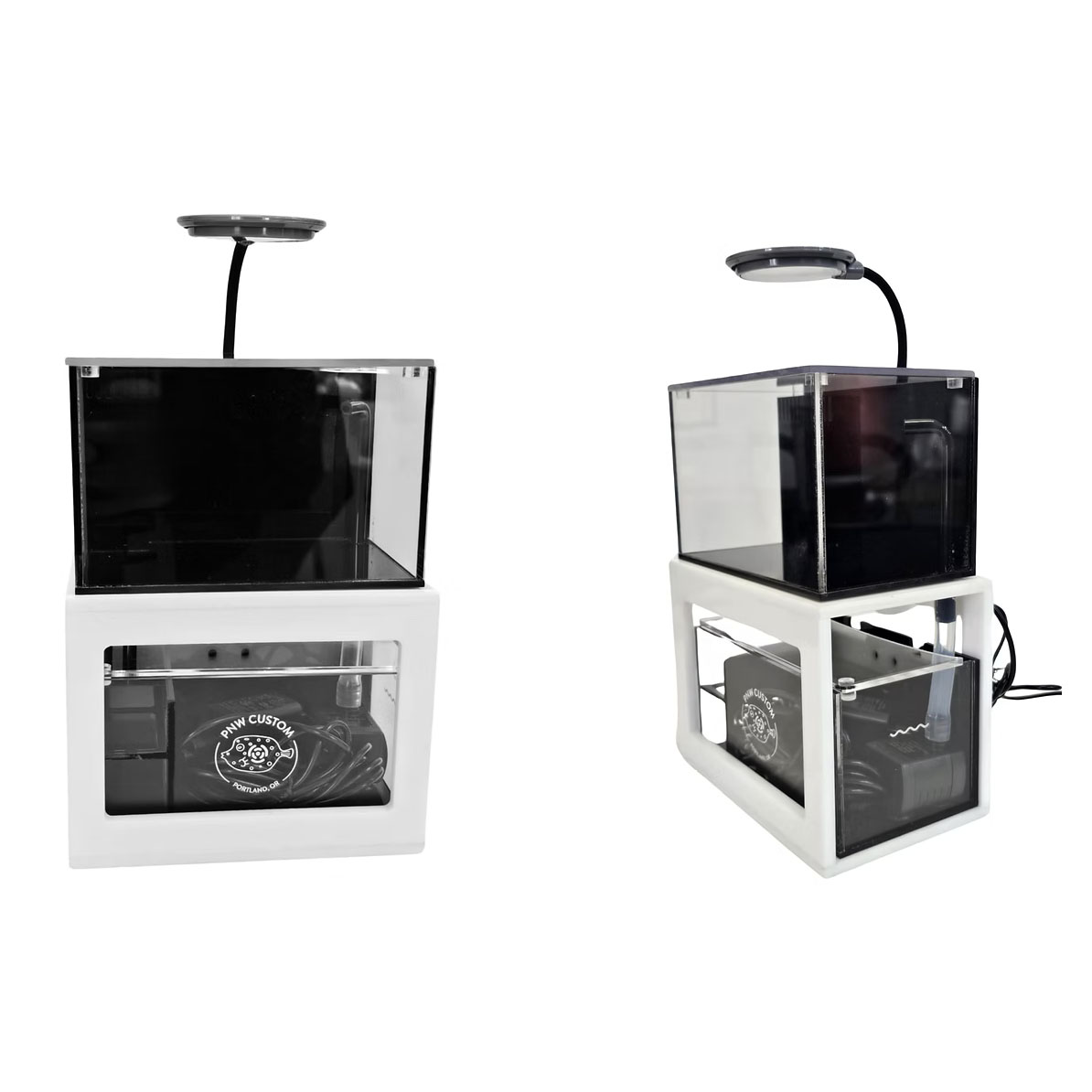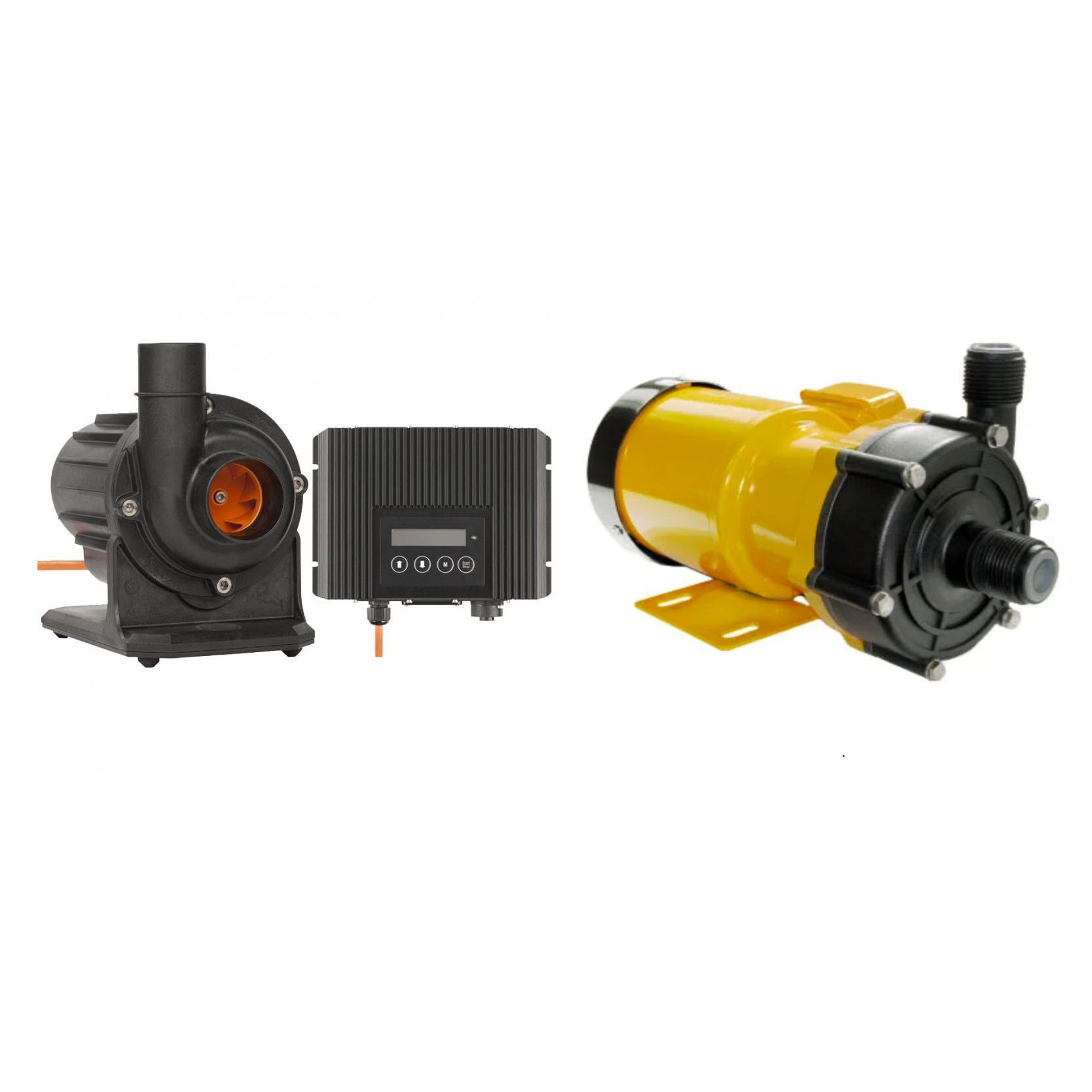We use cookies to make your experience better. To comply with the new e-Privacy directive, we need to ask for your consent to set the cookies. Learn more.
New BioTek Marine Frag Racks
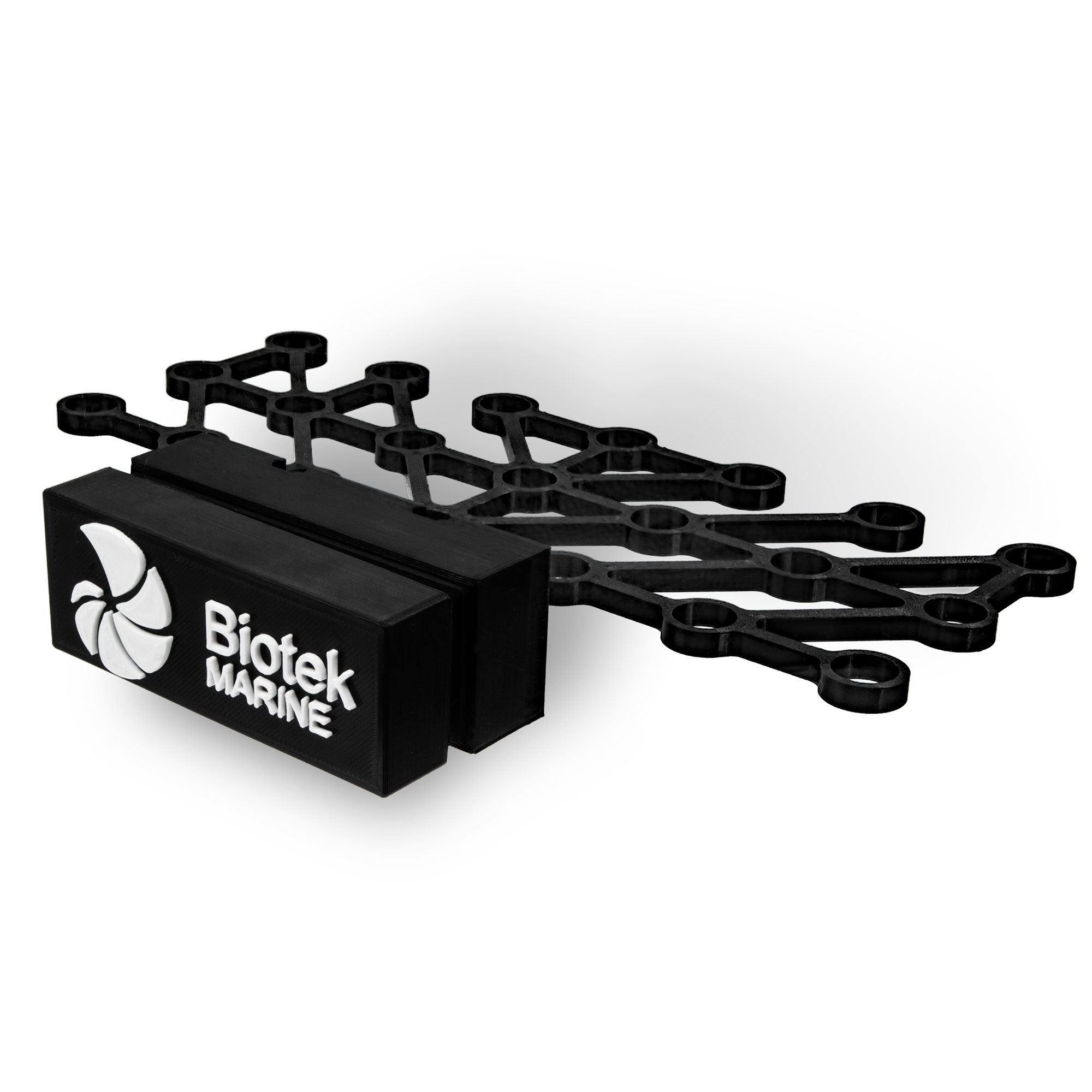
The new BioTek Marine frag racks are now available from Aquarium Specialty. The new rack features a 23 3/4" x 23 3/4" surface for mounting your favorite frags. The frag rack is black in color and is comprised of polished furniture grade black PVC pipe and PVC fittings to support your corals. The cross members, fittings, egg crate and zip strap are all packaged in the kit. Also included are two 21 1/2" PVC furniture grade sticks that can easily be cut to the desired length for the legs of the rack. The BioTek Marine Frag Rack assembles in a matter of minutes and is immediately ready for use upon assembly. No gluing is required and the rack may easily be disassembled as needed.
NOTE: This post was originally written in 2014. To view all of our new Frag Racks including our magnetic racks and adjustable height racks please visit this link.
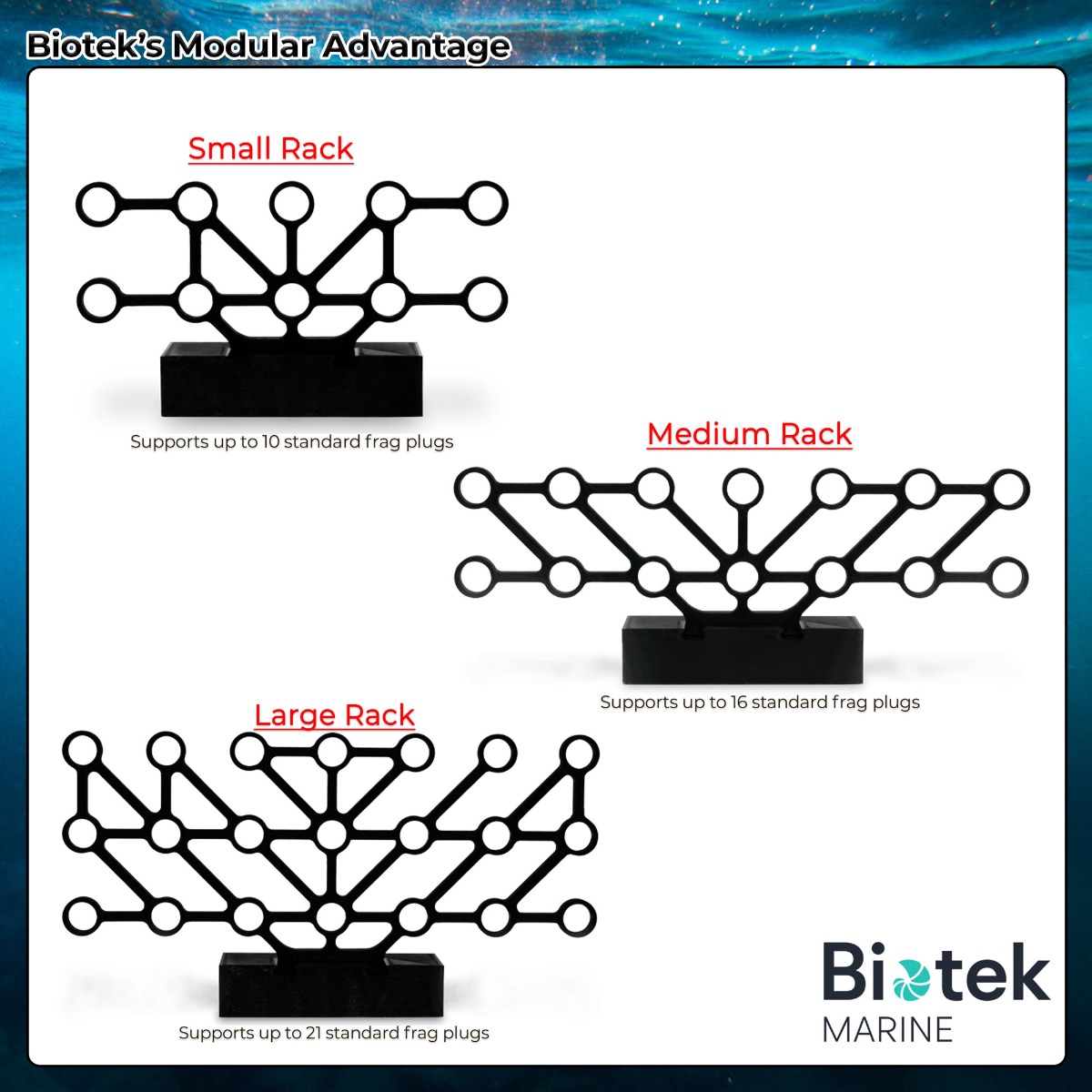
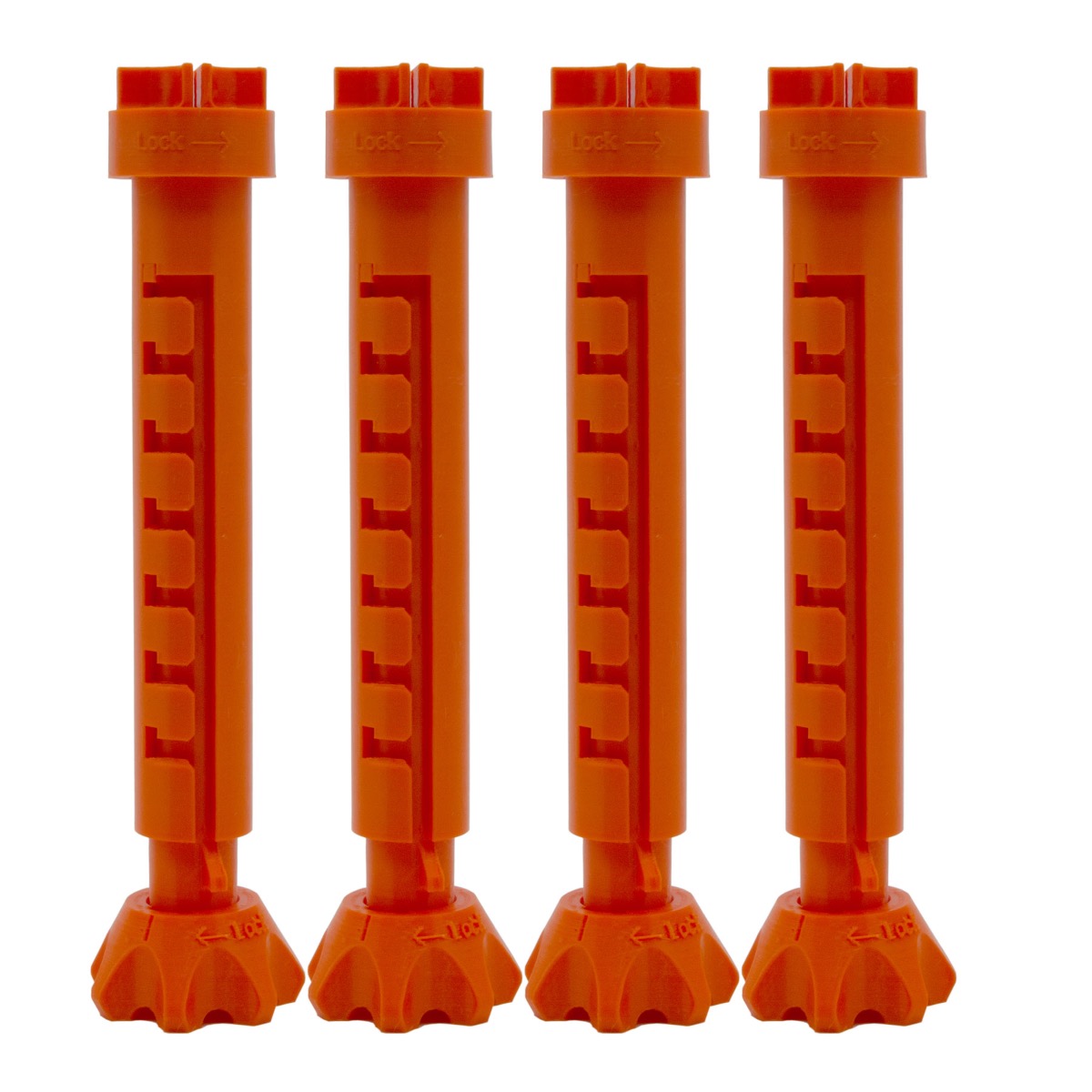
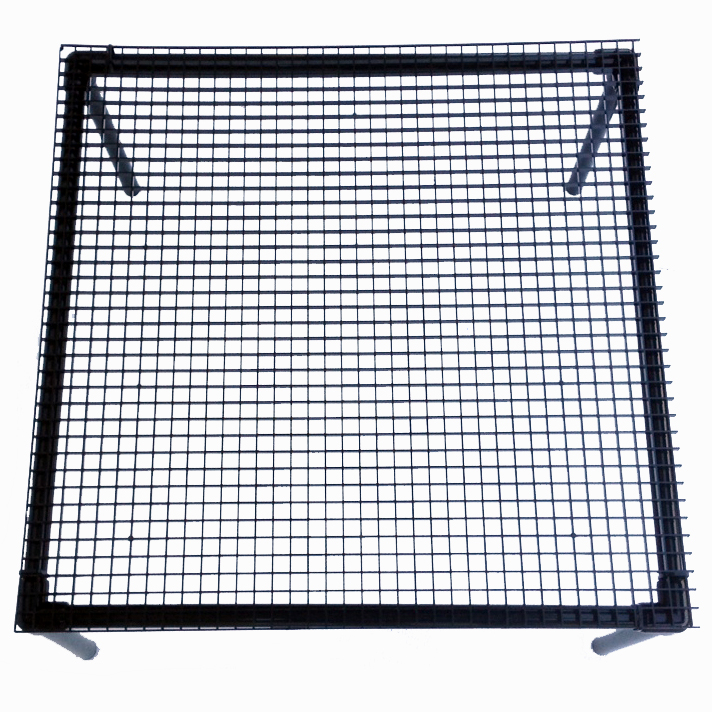
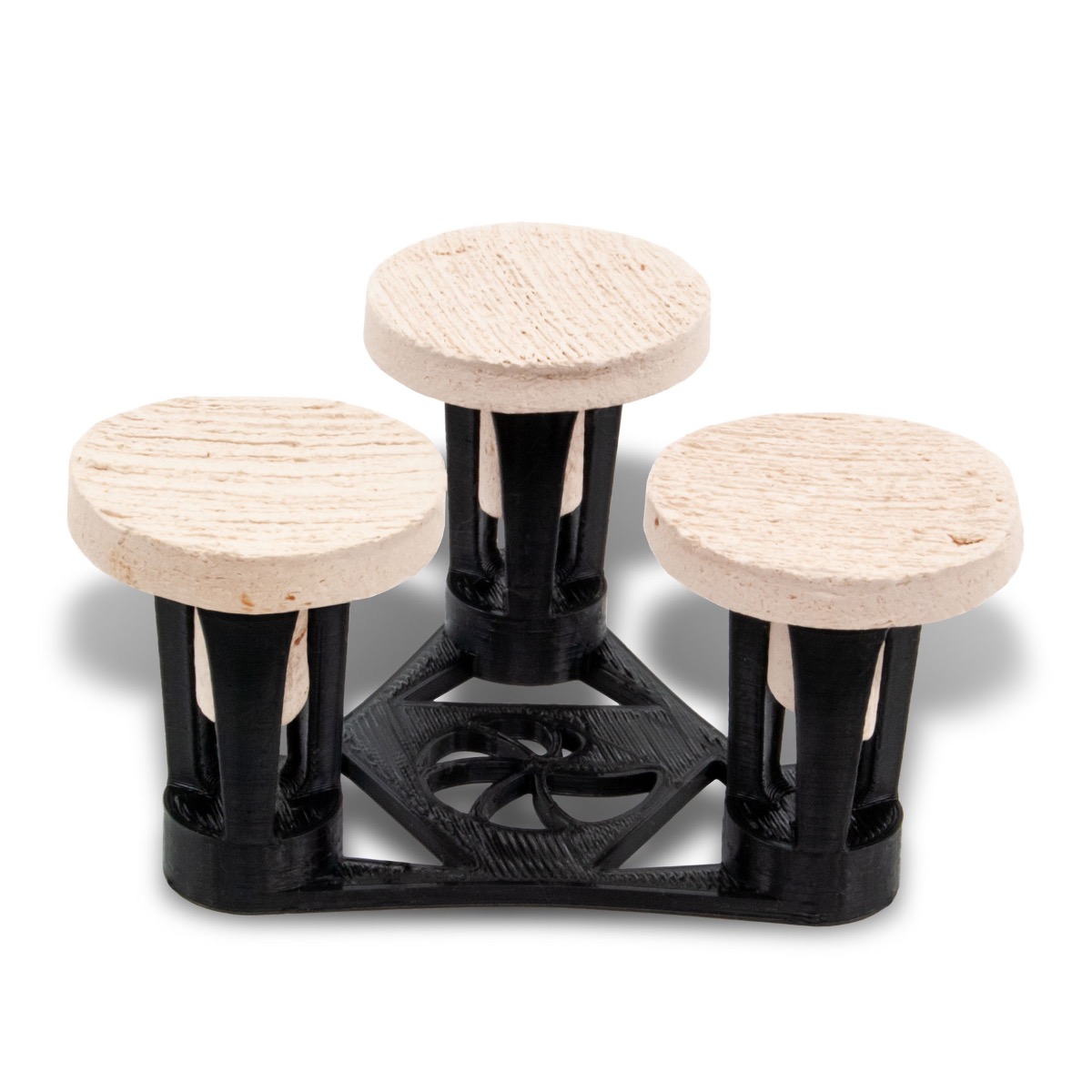
About the Author

Scott Groseclose is the founder and owner of Aquarium Specialty & The Southern Aquatic Experience. With over three decades of experience in the saltwater and reef aquarium hobby & industry, Scott is passionate about educating hobbyists and advancing the reefing community. His commitment to excellence and innovation has helped Aquarium Specialty become a trusted resource for aquarists of all experience levels. When he’s not managing the business, Scott enjoys time on the coast and spending time with his family & friends.
Topics
Tags




